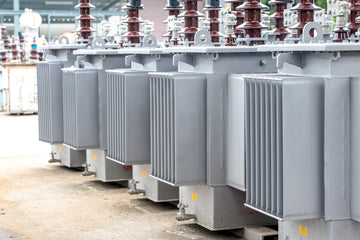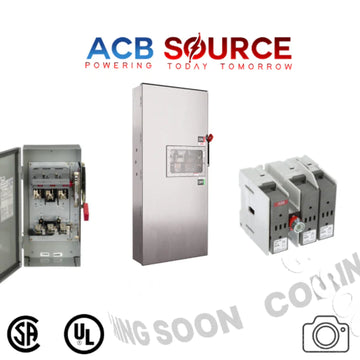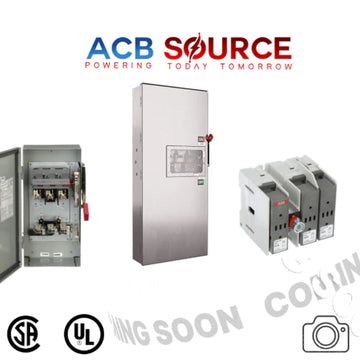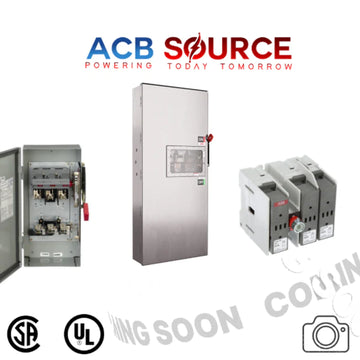Electrical transformers are fundamental devices in power distribution systems, playing a pivotal role in the transmission and distribution of electrical energy. Understanding the basics of electrical transformers is crucial for anyone involved in the field of electrical engineering or those curious about the mechanisms that power our modern world. In this comprehensive overview, we delve into the key aspects of electrical transformers, from their fundamental principles to their diverse applications.
The Basics of Electrical Transformers
What is an Electrical Transformer?
An electrical transformer is a static device that transfers electrical energy between two or more circuits through electromagnetic induction. It consists of a core made of ferromagnetic material and two coils, known as the primary winding and the secondary winding. The primary winding is connected to the power source, while the secondary winding is connected to the load.
How do Transformers Work?
The operation of a transformer is based on Faraday's law of electromagnetic induction. When an alternating current (AC) flows through the primary winding, it produces a magnetic field in the core. This magnetic field induces a voltage in the secondary winding, creating a flow of current. The transformer essentially transforms the voltage level of the electrical energy while maintaining the frequency.
Types of Transformers
- Step-Up Transformers:
Step-up transformers increase the voltage level from the primary winding to the secondary winding. These transformers are commonly used in power transmission to raise the voltage for efficient long-distance transmission, reducing energy loss.
- Step-Down Transformers:
Conversely, step-down transformers decrease the voltage level from the primary winding to the secondary winding. They are employed in power distribution to lower the voltage to safer and more usable levels for residential, commercial, and industrial applications.
- Isolation Transformers:
Isolation transformers provide electrical isolation between the primary and secondary windings. They are used to protect sensitive equipment, such as electronic devices, from voltage spikes and to minimize the risk of electric shock.
- Auto Transformers:
Auto transformers have a single winding with a tap that connects to both the input and output circuits. They are utilized for applications where a slight adjustment in voltage is required, such as in voltage regulation systems.
- Instrument Transformers:
Instrument transformers are designed for measurement and protection purposes. Current transformers (CTs) and voltage transformers (VTs) are two common types used to step down current and voltage levels for accurate monitoring and control of power systems.
Components of Electrical Transformers
- Core:
The core of a transformer is typically made of laminated steel sheets. This material enhances the magnetic properties of the core, reducing energy losses through eddy currents. Cores can also be constructed from amorphous metal or ferrite, depending on the application.
- Windings:
The primary and secondary windings consist of insulated copper or aluminum conductors wound around the core. The number of turns in each winding determines the transformation ratio between the input and output voltages. Higher turns in the secondary winding result in a step-up transformer, while fewer turns yield a step-down transformer.
- Insulation:
Insulation is crucial in transformers to prevent electrical breakdown between the windings and the core. Various insulating materials, such as paper, oil, and synthetic materials, are used to ensure the reliable and safe operation of the transformer.
- Tank:
Large power transformers are often enclosed in a tank filled with oil. The oil serves as both a coolant and an insulator, dissipating heat generated during operation. The tank also provides physical protection and insulation for the internal components.
- Cooling System:
Efficient cooling is essential to maintain the optimal temperature of the transformer. Cooling methods include natural convection, forced air, and oil cooling. Large power transformers may have elaborate cooling systems, such as radiators or cooling fans, to dissipate heat effectively.
Applications of Electrical Transformers
- Power Transmission:
Transformers are a cornerstone in power transmission systems. High-voltage transmission lines use step-up transformers to increase voltage for efficient long-distance power delivery. At substations near residential and commercial areas, step-down transformers reduce the voltage to safe levels for distribution.
- Power Distribution:
Power distribution networks rely on transformers to adjust voltage levels for various applications. Step-down transformers are commonly found on utility poles and in electrical substations, ensuring that electricity delivered to homes and businesses is at a safe and usable voltage.
- Industrial Applications:
Industries utilize transformers for diverse applications, including powering machinery, providing voltage for lighting systems, and facilitating specific processes. Transformers are essential for adapting electrical energy to meet the unique requirements of industrial equipment.
- Renewable Energy Systems:
Transformers play a vital role in renewable energy systems such as wind and solar power plants. They help match the generated power to the required voltage for efficient integration into the grid.
- Electronic Devices:
Isolation transformers are employed in electronic devices to provide a barrier between the power source and the device itself. This helps protect sensitive electronic equipment from power spikes and enhances safety.
Advantages of Electrical Transformers
- Efficient Power Transmission:
Transformers enable efficient power transmission by adjusting voltage levels. Higher voltage reduces energy loss during transmission, allowing electricity to be transmitted over long distances with minimal losses.
- Voltage Regulation:
Transformers provide voltage regulation, ensuring that electrical equipment receives a stable and appropriate voltage. This is crucial for the proper functioning and longevity of appliances and machinery.
- Flexibility in Power Systems:
The adaptability of transformers allows power systems to be flexible and scalable. They can be easily integrated into existing grids or power plants, providing a cost-effective solution for expanding and upgrading electrical infrastructure.
- Isolation and Safety:
Isolation transformers enhance safety by providing electrical separation between the input and output circuits. This protects both equipment and personnel from the risks of electrical faults and ensures reliable operation.
- Versatility in Applications:
The diverse types of transformers cater to a wide range of applications, from residential power distribution to complex industrial processes. This versatility makes transformers indispensable in various sectors.
Future Trends in Transformer Technology
As technology continues to advance, several trends are emerging in transformer technology:
- Smart Transformers:
Integration of digital technologies is leading to the development of smart transformers. These transformers can monitor their own health, communicate with other devices in the power grid, and facilitate real-time adjustments for optimal performance.
- Efficiency Improvements:
Ongoing research and development aim to enhance the efficiency of transformers, reducing energy losses and making power transmission and distribution more environmentally friendly.
- Integration with Renewable Energy:
As the focus on renewable energy sources grows, transformers are being adapted to integrate seamlessly with intermittent power sources like wind and solar. This ensures smooth integration into the existing power grid.
- Reduced Environmental Impact:
Efforts are being made to design transformers with materials and cooling systems that minimize environmental impact. This includes exploring alternatives to traditional oil-filled transformers and adopting more sustainable manufacturing practices.
Conclusion
In conclusion, a comprehensive understanding of electrical transformers is essential for anyone involved in the field of electrical engineering or with a curiosity about the intricate workings of our power systems. From their fundamental principles to their diverse applications, transformers play a critical role in ensuring efficient power transmission, voltage regulation, and the safe operation of electrical systems.
As technology continues to evolve, transformers will likely see advancements that further improve efficiency, reduce environmental impact, and contribute to the ongoing transformation of our global energy landscape. Whether in power transmission, distribution, or specific industrial applications, transformers remain at the heart of our electrified world, powering the progress and innovation of modern society.







